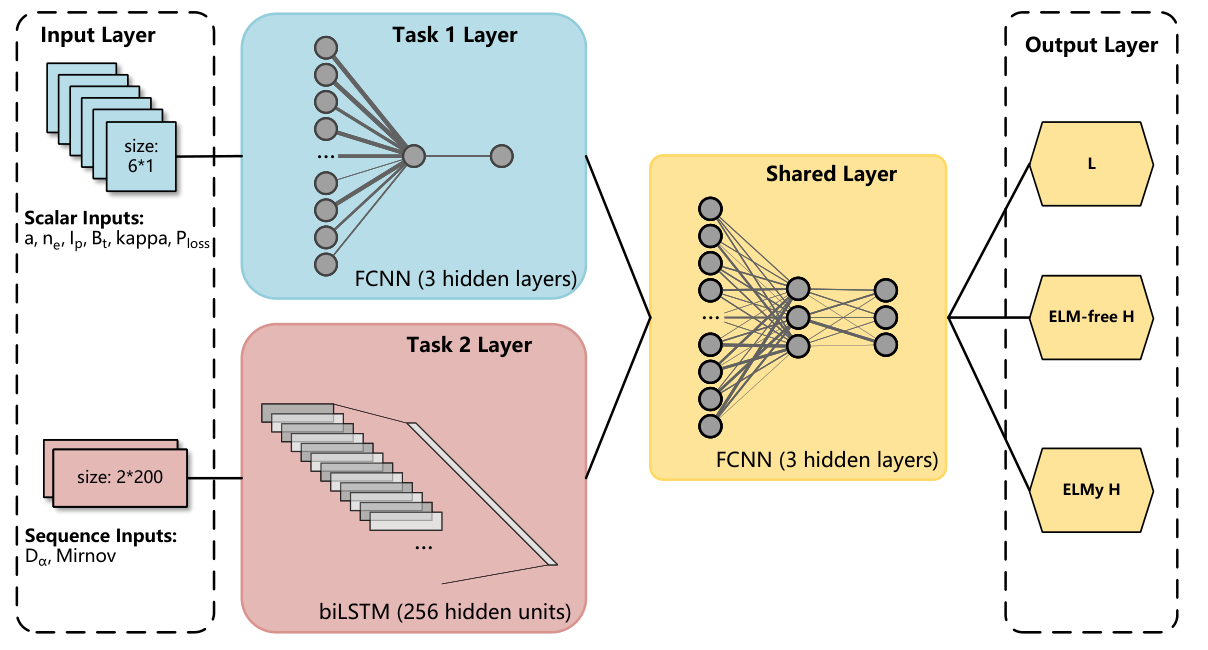
A research team led by Prof. SUN Youwen from the Hefei Institutes of Physical Science of the Chinese Academy of Sciences, has developed two innovative artificial intelligence (AI) systems to enhance the safety and efficiency of fusion energy experiments.
Their findings were recently published in Nuclear Fusion and Plasma Physics and Controlled Fusion.
Fusion energy holds the promise of providing clean and virtually limitless power. However, for future reactors, they must operate reliably and avoid dangerous phenomena such as disruptions—sudden, intense events that can damage the reactor—and precisely control the plasma’s confinement state to sustain high performance.
To address these challenges, the team created two specialized AI systems.
The first AI system acts as a disruption predictor. It uses decision tree models to detect early warning signs of disruptions caused by so-called "locked modes"—a common plasma instability. Unlike typical black-box AI, this model is interpretable: it doesn’t just say that something’s wrong, it also explains why, pointing to the physical signals behind its predictions. In tests, it correctly gave early warnings 94% of the time, with alerts coming 137 milliseconds ahead of the disruption—enough time to act.
The second AI tool monitors the plasma’s state. Instead of using separate models to identify operational modes (like L-mode and H-mode) and detect edge-localized modes (ELMs), the researchers developed a multi-task learning model that does both jobs at once. This approach improves accuracy and robustness. The result: a 96.7% success rate in recognizing plasma conditions in real time.
These AI tools not only improve reactor safety but also deepen our understanding of plasma behavior. The technologies developed in this work lay a crucial foundation for the intelligent control systems required in next-generation fusion reactors.

Architecture of the Multi-Task Learning Neural Network (MTL-NN) for the automatic identification of plasma confinement states. (Image by DENG Guohong)